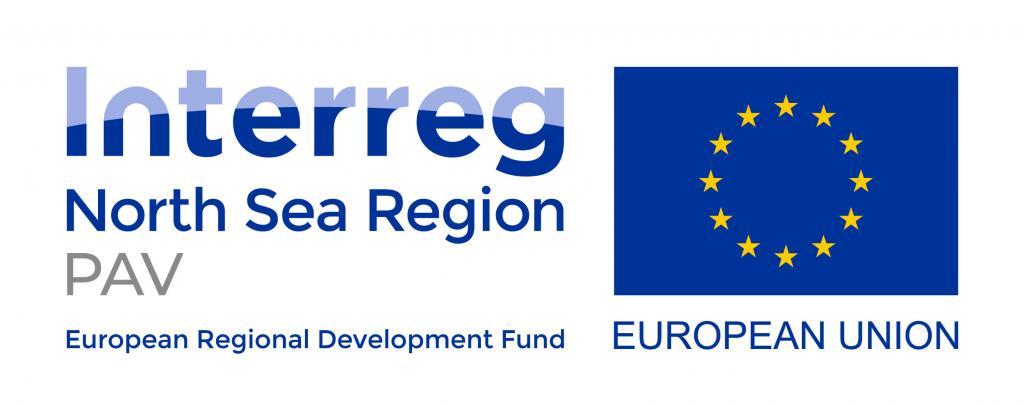What’s holding Europe back from automated public transport? European CCAM Report 2023 scans the path to viability
POLIS has contributed to the first landscape assessment of cooperative, connected, autonomous mobility (CCAM) in Europe. The guide, written as part of the Interreg project Planning for Autonomous Vehicles (PAV), details the progress made on automated public transport and outlines the barriers to a viable business case for public transport CCAM.
Based on insights from 13 automated transport practitioners at leading organisations - including the European Commission, UITP and POLIS - the Outlook highlights the milestones that must be reached to unlock specific cooperative, connected, autonomous mobility use cases in terms of feasibility, profitability and service quality.
“Despite its promise to enable cost-effective, mass-market demand-responsive transport, there are surprisingly few studies on cooperative, connected, autonomous mobility for public transport in Europe. Having worked with partners on the most advanced pilots in Europe, we wanted to write a comprehensive review that would help operators understand what barriers remain for automated public transport,” said Roeland Koelman, Lead Author of Outlook.
The Outlook is the result of four years of testing and deploying cooperative, connected, autonomous mobility across Europe in the Interreg North-Sea Region project Planning for Autonomous Vehicles. Led by Scottish transport operator HITRANS, PAV launched the first autonomous bus in Scotland and built a new model to test the business case for CCAM in the cities of Almere, Varberg and Inverness.
The Outlook includes:
- Concise summaries of state-of-the-art automated public transport programs across Europe
- An overview of the financial, social and technological barriers that currently prevent automated solutions from enhancing public transport options
- A framework for assessing CCAM use cases in public transport, identifying the deployment-specific milestones that must be reached to “unlock” the business case for CCAM in terms of profitability, feasibility and service quality.
Among its main findings, the limited technological maturity of CCAM is highlighted as the main barrier to wide adoption. Lacking technology in turn frustrates regulatory, societal and market conditions, preventing the mainstream uptake of CCAM in European public transport systems.
Strict EU regulation is also recognised as a limit on CCAM innovation. In contrast to favourable conditions in countries like the United States, the policy environment prevents market entry by more mature CCAM solution providers from outside of Europe such as Cruise and Waymo.
Insights were gathered from leading automated mobility practitioners, including Suzanne Hoadley, Senior Manager and Traffic Efficiency Coordinator at POLIS, with supporting insights from autonomous mobility service provider Pendel Mobility.
Read the full report
The European CCAM Outlook 2023 is available to read on the PAV website here.


